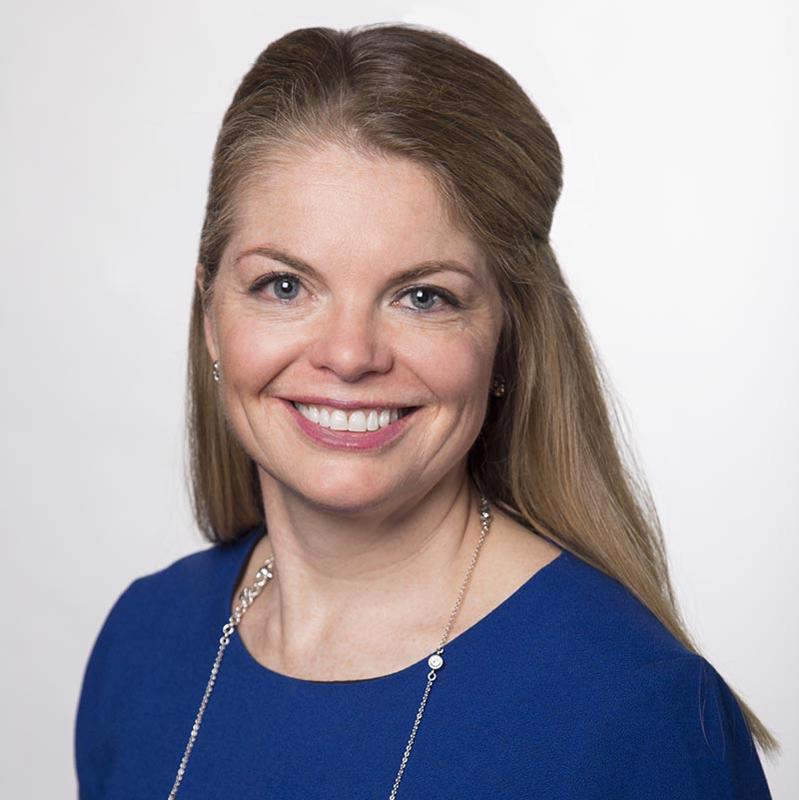Prepped and Ready: Educating on Safe Storage Via Webinars
Shayla Sullivant, MD
Hung-Wen Yeh, PhD
Alexandra Hartwig, MS
Mark Connelly, PhD
Part of session:
Platform Presentations
Friday, December 2, 2022, 2:45 PM to
4:00 PM
Background:
Rates of suicide by firearms and medication ingestion steadily climb among US youth. We developed Prepped and Ready, an educational program for parents to teach about the impulsivity inherent to the teen years, with an emphasis on enacting safe firearm and medication storage to prevent suicide. The goal of this research study was to pair education with provision of tools to enact safe storage, and measure if caregivers made changes with firearm and medication storage after participating in the program.
Methods:
The study team partnered with community organizations who promoted the opportunity through social media and newsletters and hosted the live webinars. One English-speaking parent/caregiver per household who viewed the 90-minute webinar qualified to participate in the study. As part of study participation, parents/caregivers received a toolkit by mail that included a lockable medication storage box, four weekly medication organizers, medication disposal bag, an educational pamphlet, and a gun lock if desired (total value: $50). Prior to viewing the webinar (T1), participants provided information on demographics and current storage practices using an online questionnaire. Immediately following the webinar (T2) and two weeks later (T3), participants again completed online questionnaires about their storage of medications and firearms. Responses to the surveys were summarized using descriptive statistics and generalized linear mixed models (GLMM) with and without missing data imputation were used to evaluate changes in self-reported safe storage practices over time. All analyses were conducted using applicable packages in R.
Results:
A total of 328 eligible participants completed the T1 survey; 91.2% and 78.4% completed the T2 and T3 surveys. The majority of the 328 participants were female (77.7%), college-educated (93.6%) and white (93.6%). Participants lived in urban (12.5%), suburban (53.7%), and rural (33.8%) areas. At baseline, 49.1% of participants reported a firearm in the home. Among the firearm owners, 13.7% reported using cable gun locks at T1, with 25.8% using cable gun locks at T3. In addition, 40.2% reported learning more about how their firearm was stored in their home since the presentation. The odds of participants using a cable gun lock between T1 and T3 more than doubled (2.88 times without imputation, 95% CI 1.36 – 6.14, p < 0.006; or 2.09 times with worst-case imputation, 95% CI 1.02 – 4.29, p = 0.02). Of the 247 participants who at baseline had unlocked medications at home and who completed the T3 survey, 46.6% reported having disposed of old medications, 44.1% reported locking up bottles of medication, and 35.2% reported using medication organizers.
Conclusions:
This study shows evidence that a webinar for parents emphasizing safe storage, paired with provision of tools to enact changes, may improve storage practices. Generalizability of these findings is limited by a lack of diversity in our study sample.
Objectives:
1. Identify how provision of tools in addition to education may improve safe storage of firearms and medications within the home.
2. Acknowledge that a significant percentage of individuals who have firearms at home may have questions about how they are stored.
3. Review possible reasons why a live in-person presentation may lead to higher rates of behavior change when compared to a webinar with the same content.

